Acclimatization and Altitude Sickness (AMS)
Acclimatization and Altitude sickness are caused by ascending too rapidly, which doesn't allow the body enough time to adjust to reduced oxygen and changes in air pressure.
PREVENTION
Ascend slowly ( 300-500/ day + a rest day after 2-3 days ), don't exert yourself, eat high-carbohydrate foods, drink lots ( was, not beer ), and avoid alcohol and caffeine. Locals recommend garlic soup. Some people take 125mg of Diamox/12 hrs as a preventative measure.
AMS ( ACUTE MOUNTAIN SICKNESS )- Signs
Headache, often with loss of Appetite, nausea, vomiting, tiredness, dizziness, and disturbed sleep.
AMS- What to do
Stay at the same height for 1-2 days or descend, Diamox ( Acetazolamide, 250 mg/12hrs )
HACE ( High altitude cerebral edema ) - signs
Severe headache, vomiting, loss of balance/ coordination, lethargy, blurred vision, slurred speech, confusion, behavior change, seizures, coma, death.
HACE - WHAT TO DO
Check with heel-to-toe walking in a straight line. HACE victims cannot do it. DESCEND IMMEDIATELY!!
Even at night, at least 1000m with someone else. Oxygen, hyperbaric ( Gamow bag ), Diamox,
HAPE ( High altitude pulmonary edema ) - signs
Breathless ( even while resting ), dry cough, pink or rusty spit, blue lips/ nails/face, very tired, low fever, gurgling breatexhaustedwsy, coma, death.
HAPE- What to do?
See HACE + nifedipine if there is no oxygen.
Safety First
Sprains and Strains:
This is probably the most common problem on the trek. Steep terrain and rough trails may cause many people to strain their knees and ankles. Remember: Stretch before you start walking, take your time, avoid trekking after dark, and bring joint support bandages if needed.
Snow Blindness: Prolonged exposure to bright sunlight while in the snow can cause snow blindness. Wear sunglasses.
Hypothermia:
When cold and/ or wet, it starts with shivering and progresses to slurred speech, stumbling, confusion, and death. Stay and rm, and keep loving.
Health Posts:
There are health posts in every significant settlement of the trekking regions. Even local health posts and traditional clinics are open for trekkers who require medical attention. A genuine way to help is to leave unnecessary medicines at the health post at the end of the trek. This may help fellow trekkers who need urgent medical care.
Rescue Operation- how to be prepared
If you are with a trekking agency, they should be able to organize an emergency evacuation quickly. If not, the following precautions may prevent a long wait for a helicopter during an emergency.
- Have travel insurance and know your policy number:
- Carry a credit card. Please register with your embassy in Kathmandu so they know your plans.
Other Safety measure
General safety: Tell others ( family, friends, lodge, owners, guides ) about your plans.
Donkeys/mules/yak/dzopa: Stay on the uphill side of the trail to let these beasts pass.
Leeches: Stay on the trail, use salt to get rid of them, be extra vigilant during the monsoon season;
Full lodges: Stop early, don't arrive in a place with 1-2 lodges at dusk, and carry a tent.
Lost the trails: Return the way you came or contact the tourist police or nearby check post and wait for a search team. Wandering on makes it harder to find you or may get you in dangerous situations.
Safe drinking water:
If not properly disposed of, plastic bottles adversely affect wildlife, wildlife habitat, and humans. So it's better to carry a bottle like Nalgene or other reusable ones.

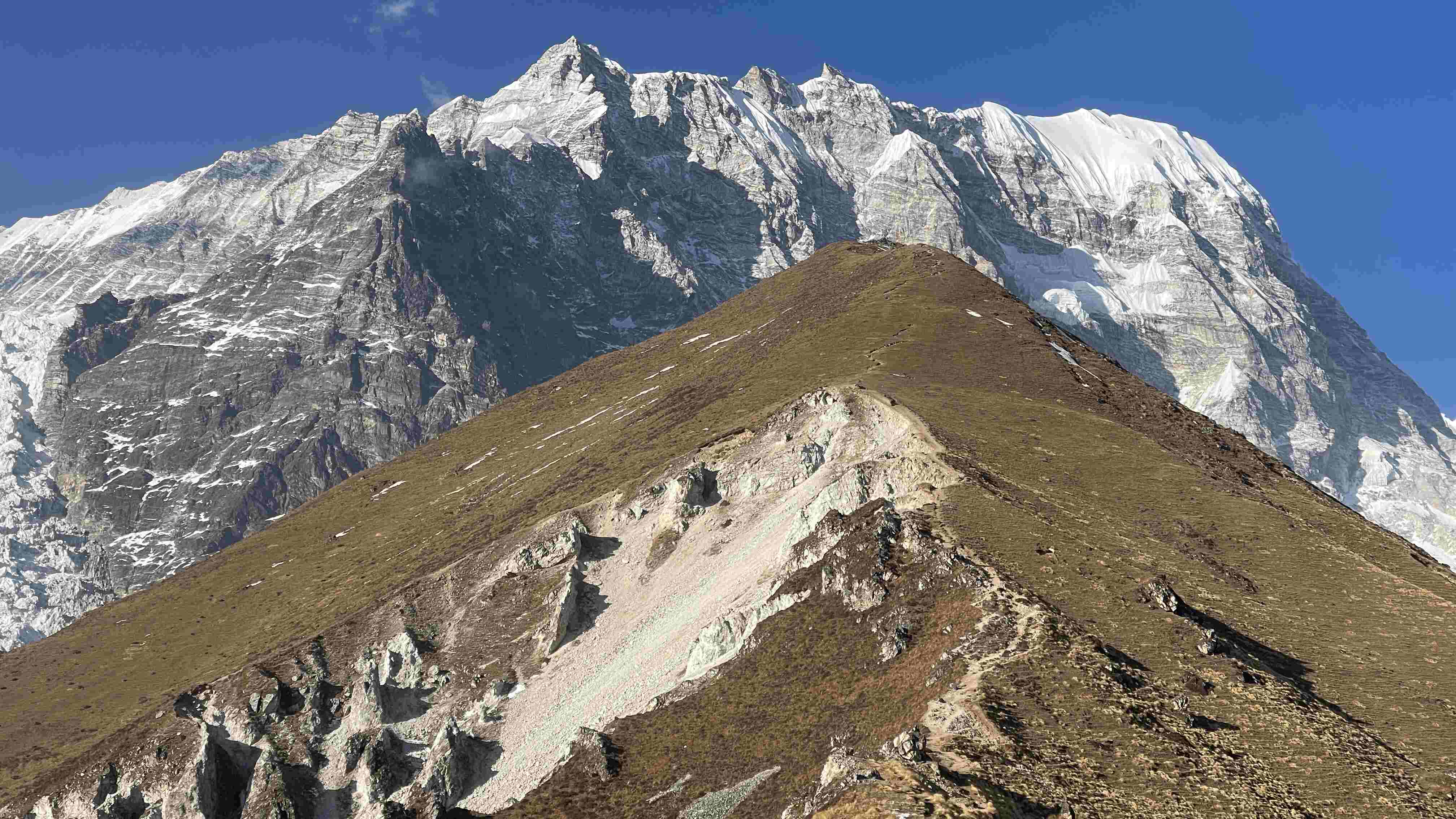
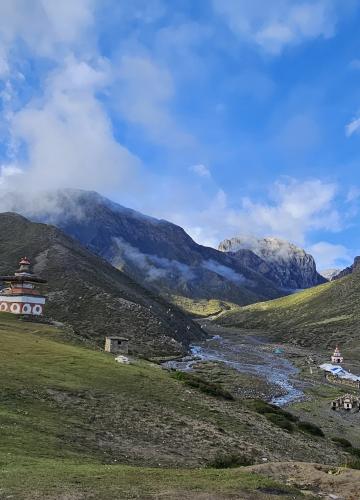
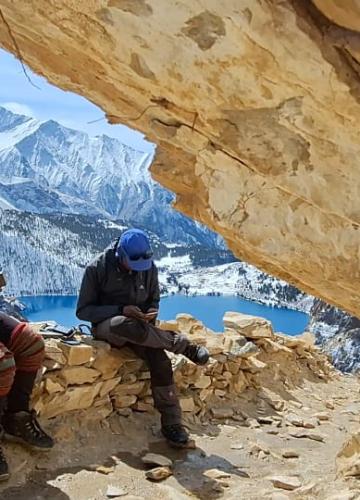
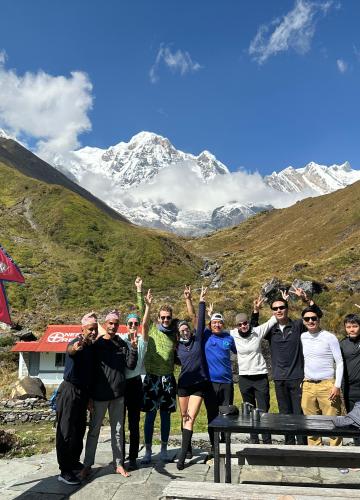
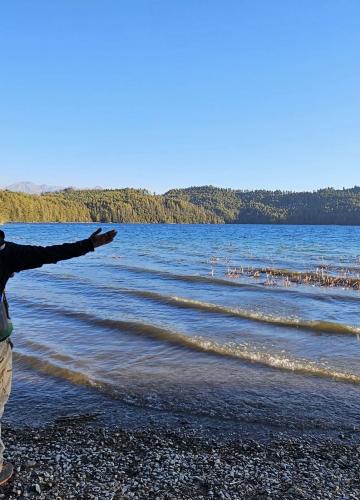
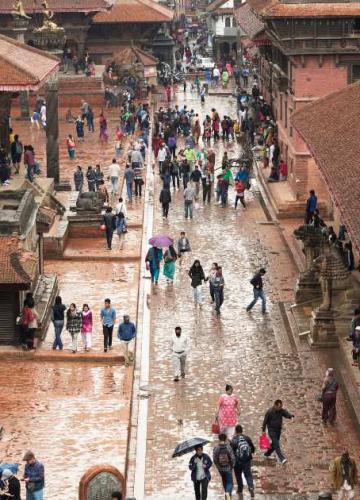
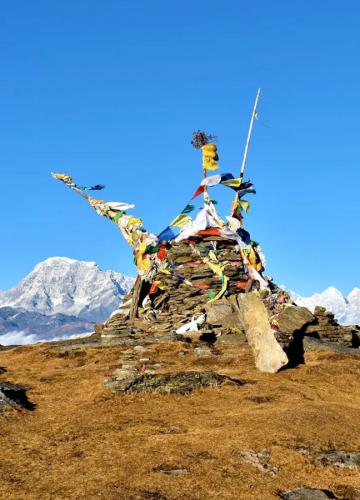

Leave Your Comment